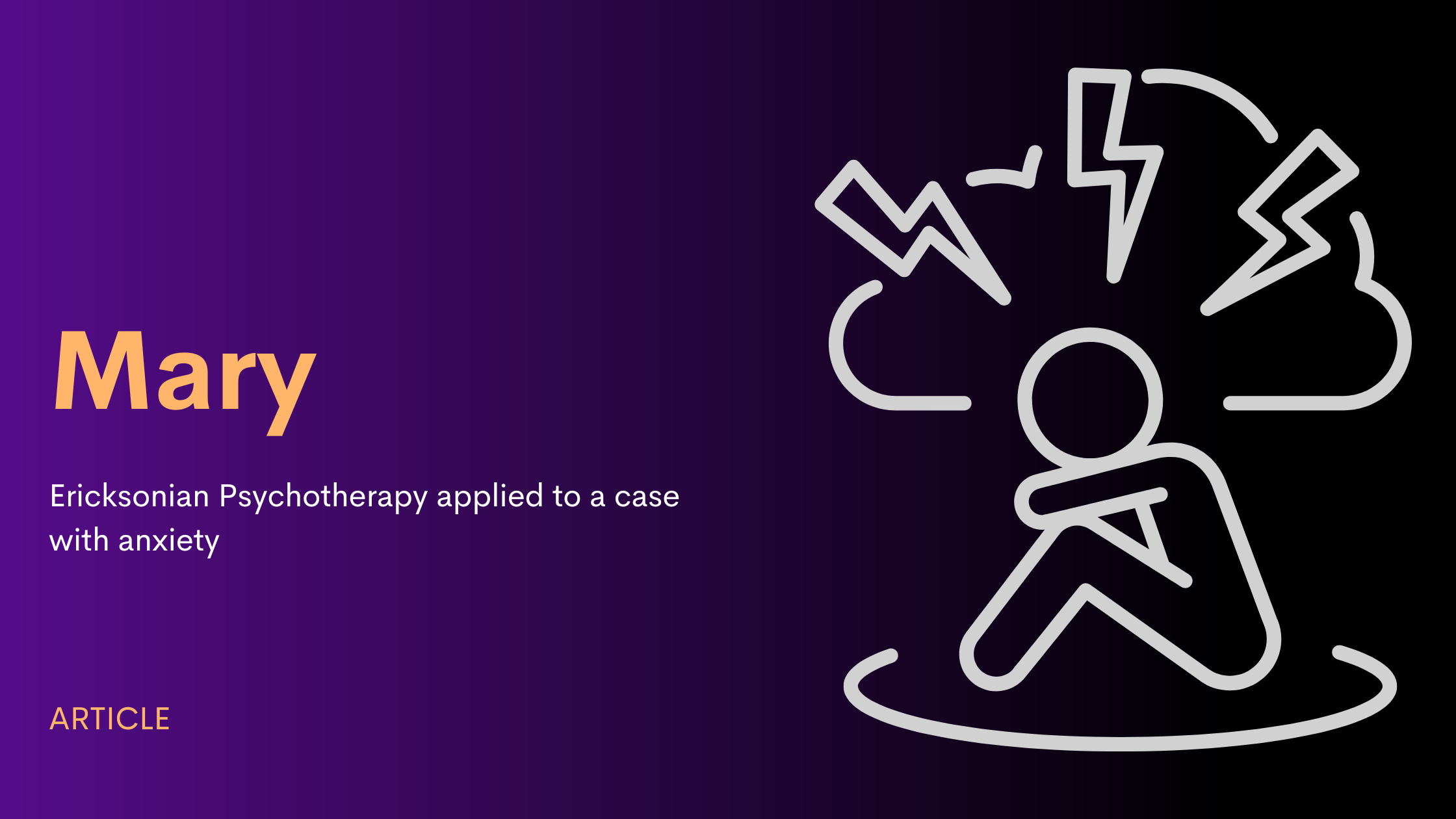Mary
By Richard Landis, Ph.D.
Estimated Reading Time: 4 minutes, 47 seconds
Mary was a 44-year-old, white female who was referred to me for pervasive, lifetime anxiety. Mary remembered frequent events of feeling fearful and alone as a child with her negative, gloom-and-doom father and with her controlling and abusive first husband whom she had divorced fifteen years earlier. She was unable to express any opinions that disagreed with her father’s. While her current marriage was to a very supportive man, it was a highly regimented and structured relationship with little spontaneity and fun.
It seemed to me that Mary had no confidence in her ability to endure making mistakes. I wanted her to experience the difference between what she saw as disrespectful violation of artificial perspectives and demands created by her father and ex-husband and the whimsical bending of norms.
To this end, after she and her current husband agreed to an “absolute commitment” contract, the following prescription was made:
“I want you and your husband to enjoy a delightful Sunday brunch at the Ritz-Carlton Hotel. You are to walk in at 1:15 p.m. without reservations and request a table. When you are seated, you are each to take a dinner plate into the dessert room. I want you to discover as many of the different flavors and textures of the desserts. To do that, I want each of you to take only one bite’s worth from each dessert. You are to cut the tips off of each different pie and cake and line the pieces on the rim of your plates, one inch apart so as not to blend the flavors. You are to take only one teaspoon of pudding, trifle, or mousse.”
I continued in excruciating detail to describe how, after they returned to their table, they were to taste each portion, compare flavors and textures, guessing ingredients. I gave identical instructions on how they were to put bite-sized portions from the cold tables, hot tables, smoked fish table, lamb Wellington table, etc. onto the rims of their plates. I also instructed them to ask for a different table sometime during the meal.
My intention was to have my client, and her supportive husband, violate every norm but to respect the rules. Because the Ritz Carlton Hotel is one of the top resort hotels in the world, the staff is used to eccentric behavior and readily caters to it. The waiters and staff accommodate with good humor.
At the session after the Ritz Carlton experience, the couple was laughing and describing what a wonderful time they had. Their greatest surprise was that after they returned to the dessert room, after their original sampling, the desserts looked as though they had been attacked by a hoard of locusts. They realized that by their taking only a taste of each dessert rather than whole portions, they gave tacit permission for others to do the same.
The week following the assignment, my client began to disagree with her father’s negative opinions.
Discussion
By Terry L. Argast, Ph.D.
Richard Landis’s case highlights two of the fundamental elements in the Ericksonian formula of using tasks in psychotherapy. First, is the element of the challenge, where Erickson creates a distraction from the presenting problem and develops response potential. A good example of this is the case of the woman who requested hypnosis to deal with an “airplane phobia.” Before proceeding with the treatment, Erickson requested an absolute commitment from her by having her verbalize a promise to do anything Erickson requested, “Good or bad, the worst or the best. You are a woman and I am a man. Even though I am confined to a wheelchair, we are of the opposite sex.”
When discussing this case with Ernest Rossi, Erickson said, “I made her give a commitment, a total commitment. , The thing is, you couldn’t do therapy with her except with the actual problem present. You can’t remove a wart unless the patient brings the wart into the therapy room” (Erickson & Rossi, 1979, p. 314). He viewed her problem, as one of trust, so the promise to do whatever Erickson requested was symbolic of her clinical issue.
The challenge is frequently given to the patient in a conscious state and then the patient is given time to make a decision or act. When the patient did not respond positively to the challenge, Erickson might not work with the person concluding that they were not ready or did not have the motivation to change (O’Hanlon & Hexum, 1990, p. 260).
The second part of the formula is the actual task or ratification of the change. The challenge produces a significant amount of internal energy, which Erickson was prepared to discharge with the task. He usually gave very precise instructions and showed the patient the way out of the symbolic problem he has created with the challenge. All tasks Erickson gave were doable and in doing them created no more anxiety than had already been experienced (Rossi, 1980, pp. 450-452). In giving the instructions for the task, the more detail the better. The details tend to deepen the hypnotic state and create a situation where they rehearse in their mind what they are being instructed to do. Landis is familiar with the Ritz-Carlton brunch because he has been there. Using the therapist’s own personal experience enhances the power of the post-hypnotic suggestion and the patient can vicariously “piggyback” on the therapist’s experience.
References:
Erickson, M. H. & Rossi, E. L (1979). Hypnotherapy. New – York: Irvington.
O’Halon, W. H. & Hexum, A., L (1990). An Uncommon Casebook. New York: W.W. Norton·& Company.
Rossi, E. L. (1980). Innovative Hypnotherapy: The Collected Papers of Milton H. Erickson, Vol. IV ( edited by E. Rossi). New York: Irvington.
This excerpt has been extracted from Volume 21, Issue No. 1 of The Milton H. Erickson Foundation Newsletter.
You may like…




